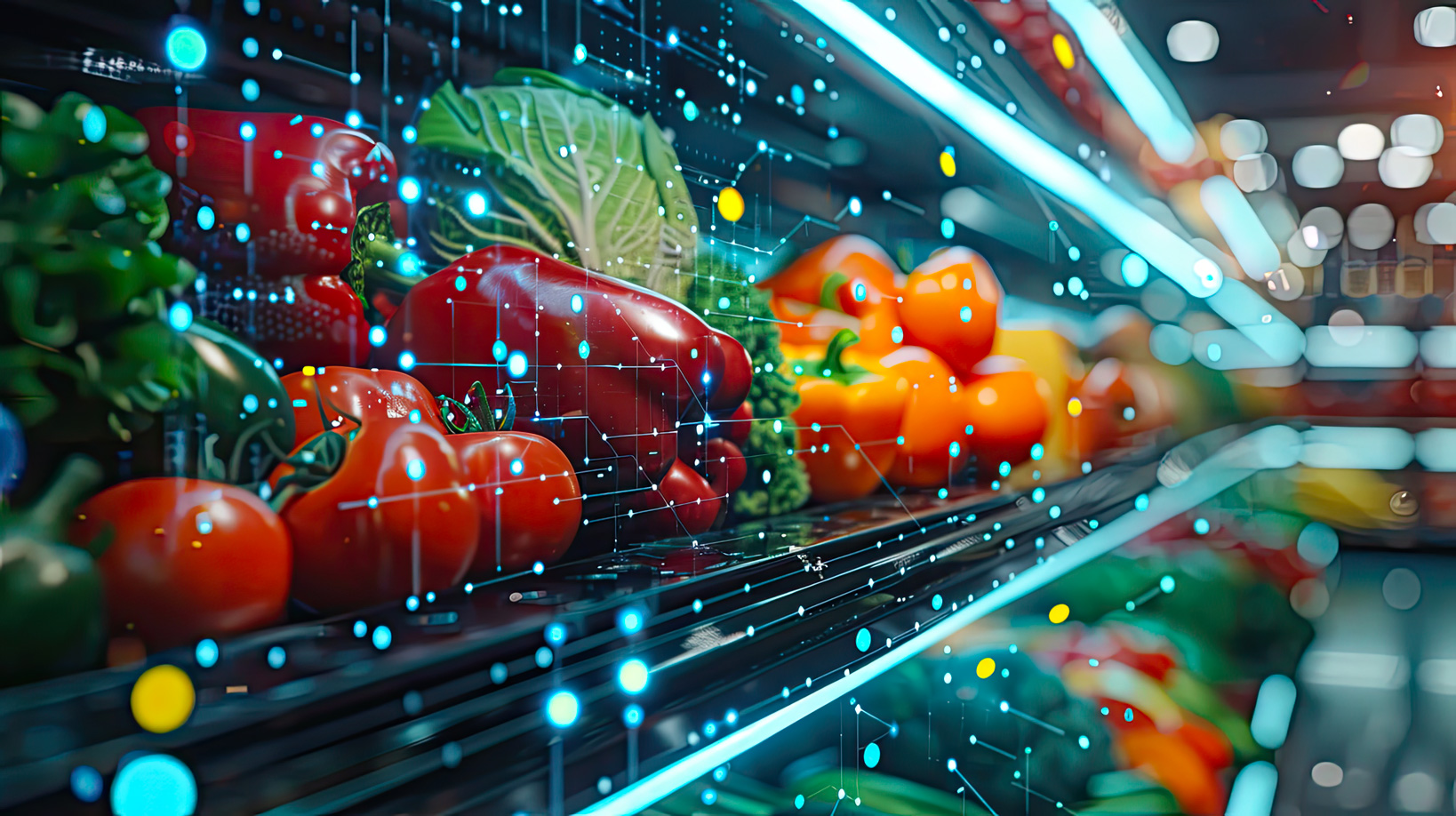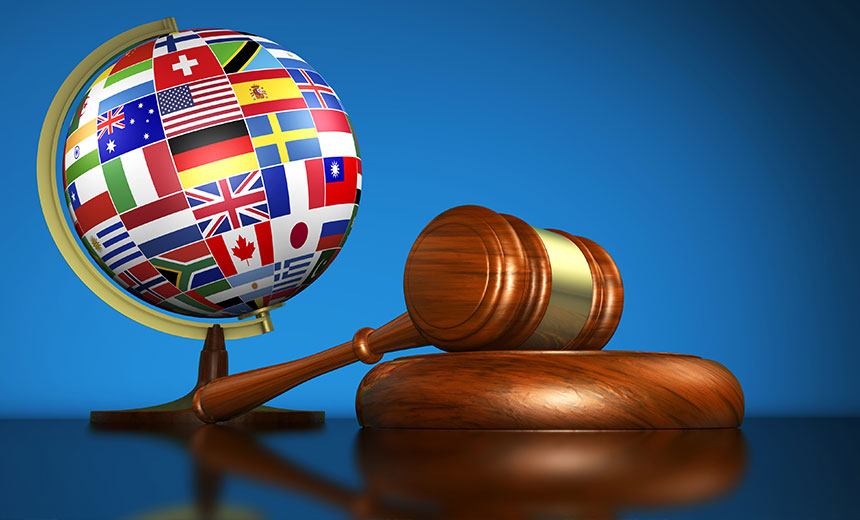
Growing appetite for AI in the agri-food sector
Artificial intelligence (AI) is being used more and more frequently in all sectors. Agriculture and food are no exception to this trend, although so far, its place in food innovation is not easy to identify.
AI can be defined as a subset of computer science focused on creating systems that can perform tasks typically requiring human intelligence. This includes tasks like understanding natural language, recognizing patterns, making decisions, and learning from data, the latter making the difference from traditional software and algorithms.
Many questions regarding its use have arisen recently within the European Union. The most symbolic is the adoption of the Artificial Intelligence Act (AI Act) (1), which classifies AI according to its risks. The various AI that would be used in the agricultural and food sectors would most likely be classified in the General-purpose AI or “minimal risk” AI categories. But would the use of AI in the agrifood sector, most importantly for innovation purpose, have other legal impacts?
Artificial intelligence (AI) is being used more and more frequently in all sectors. Agriculture and food are no exception to this trend, although so far, its place in food innovation is not easy to identify.
AI can be defined as a subset of computer science focused on creating systems that can perform tasks typically requiring human intelligence. This includes tasks like understanding natural language, recognizing patterns, making decisions, and learning from data, the latter making the difference from traditional software and algorithms.
Many questions regarding its use have arisen recently within the European Union. The most symbolic is the adoption of the Artificial Intelligence Act (AI Act) (1), which classifies AI according to its risks. The various AI that would be used in the agricultural and food sectors would most likely be classified in the General-purpose AI or “minimal risk” AI categories. But would the use of AI in the agrifood sector, most importantly for innovation purpose, have other legal impacts?
The use of AI in the conventional food production chain
Thanks to its specificities, AI is a versatile tool that can be used in both agricultural and food sectors, basically “from farm to fork”.
Actually, AI, with a learning adaptivity and high interactivity, offers a large autonomy in making decisions and performing tasks autonomously. Thanks to its machine learning systems, AI can adapt to new information and changing conditions, and most importantly, it has the ability to quickly find a specific information in a large amount of data.
So far, the legal challenges surrounding the use of AI are not really new. In fact, when it comes to incorrect outcomes or flawed decisions, the issue revolves around responsibility, primarily involving contractual obligations (2).
For instance, the specific AI characteristics are very useful in precision agriculture, where AI is able to analyse data from multiple sources, such as weather or satellite imagery to offer farmers actionable insights on crop health, irrigation needs, and pest management (3), as well as reducing chemical herbicides (4).
More interestingly, it can also be used in the food manufacturing industry, with quality control, contamination detection, or in supply chain optimization. For instance, ImpactVision created an AI that uses hyperspectral imaging to assess food quality and detect contaminants in real-time. Their technology is used in food production facilities to monitor parameters like ripeness, freshness, and internal defects of food products without damaging them.
But with or without the use of AI, the Food Business Operator remains fully and solely responsible for the safety of its food products placed on the market (5).
The future of AI in food innovation
With always more precise, more technical and more innovative applications, AI is now increasingly used in food innovation. But the use of AI being not a processing process as such, there are no specific legal challenges directly and specifically related to it. However, AI is often combined with other innovative processes, which, most likely, would lead the final product to a novel food status.
Protein selection or enzyme production are good examples. For instance, with protein selection, as AI is much more than a simple learning machine, it can analyze all proteins faster than anybody/anything else. Thus, it can help alternative proteins producers (plant-based meat or dairy analogues) find the right protein by analyzing protein sequences and select the one with the right characteristics to fulfil some
nutritional, coloring, flavouring or even textural aspects of these alternatives (6, 7). This process is often combined with precision fermentation, which brings a wide perspective of tailor-made products (8).
AI can also be used as sensors, which are also called “e-nose” and “e-tongue”. These tools can be used for sampling classification, detection, or quality control on any foods and beverages, or even to help with flavour and ingredient pairing (9).
In conclusion, the use of AI can be an interesting way to accelerate innovation, meanwhile the probability of falling within the scope of the Novel Food Regulation (10) might be correlated.
References and notes
- Regulation (EU) 2024/1689 of the European Parliament and of the Council of 13 June 2024 laying down harmonised rules on artificial intelligence
- Regulation (EC) No 178/2002 of the European Parliament and of the Council of 28 January 2002 laying down the general principles and requirements of food law, establishing the European Food Safety Authority and laying down procedures in matters of food safety, and Regulation (EU) No 1169/2011 of the European Parliament and of the Council of 25 October 2011 on the provision of food information to consumers
- For instance, with the AI created by Prospera Technologies which captures leaf-level images “to detect weeds, pests, diseases, and more”
- FarmWise has created an intra-row weeder and precision cultivator, which thanks to AI, can remove weeds and therefore avoid the use of chemical herbicides.
- Regulation (EC) No 178/2002 of the European Parliament and of the Council of 28 January 2002 laying down the general principles and requirements of food law, establishing the European Food Safety Authority and laying down procedures in matters of food safety
- Biomatter, a Lithuanian start-up, uses generative AI and mathematic models both in produce protein and design enzymes
- Similarly, an AI has been created to help finding the right peptides in food supplements industry, as explained by Khaldi Nora, How AI can help in food supplement ingredient discovery, Agro Food Industry Hi-tech, Vol. 35(2), 2024 https://digital.teknoscienze.com/agrofood_industry_hi_tech_35_2_2024/editorial_-how_ai_can_help_in_food_supplement_ingredient_discovery
- For instance, The Every Company (ex. Clara Foods), AI Bobby, Amai Protein, Cradle
- Foodpairing, a Belgium-based company, uses AI and machine learning to analyze flavor compounds and help chefs, bartenders, and food manufacturers discover unique and innovative food combinations by using a database of chemical flavor profiles to suggest pairing options for new recipes and product formulations
- Regulation (EU) 2015/2283 of the European Parliament and of the Council of 25 November 2015 on novel foods

